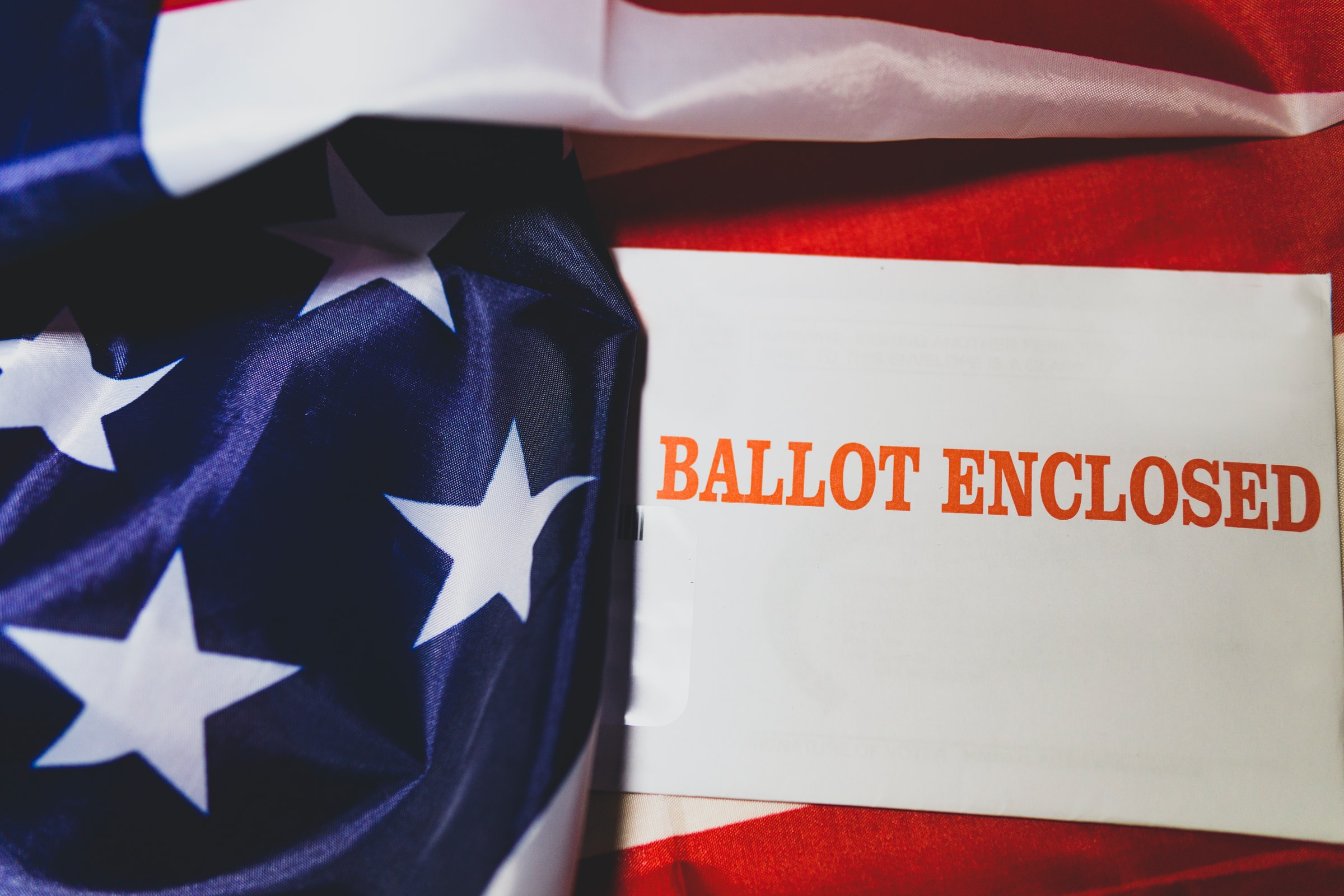
Securing the Final Link in the Absentee Ballot Chain
With election 2020 winding down (hopefully🤞) we once again have claims of election fraud flying around; this time in regards to absentee (mail-in) ballots. Putting the actual prevalence of absentee voting fraud aside; let's look at where some realistic vulnerabilities in the current process are and one idea on how to deal with them. Absentee voting is handled pretty well in Wisconsin with a few areas left to improve upon. Below is a summary of my understanding of the current voting process.
- Register to vote: requires proof of residence (Driver’s License or state ID works here)
- Signup for an absentee ballot (aka mail-in ballot.)
- Receive ballot in the mail.
- Find a witness.
- Fill out your ballot.
- Place completed ballot in the included envelope and seal it.
- Fill out your address and sign the exterior of the envelope.
- Have a witness fill out their address and then sign the envelope.
- Put your ballot in a mailbox for USPS pickup 📬.
- USPS picks up the ballot and takes it to a sorting facility 📪.
- The ballot is delivered to your local polling place.
- On election day information from #7 and #8 is verified; the envelope is opened; your ballot is sent through the voting machine; vote is cast; process done.
The link in the chain that remains particularly contentious and open to legitimate fraud is step #12. If a voter fills out an absentee ballot they are likely not at the polling place when their ballot is removed and put through the voting machine. Our current system relies on voters to trust their local polling place volunteers to honestly cast their absentee votes; many believe this is an opening for cheating. Below is one idea how to address this concern and help voters verify that their ballots weren’t manipulated before being run through the voting machine.
- Fill out your ballot
- Go to the state voting website and open the (new!) ballot validation page.
- Fill out required information including your name and address as well as voting selections.
- The website will use this information to create a unique confirmation code without the information ever leaving your computer.
- Write down the code and then mail your ballot.
- After the ballot is cast, the voting website will present a confirmation code generated as the vote is processed at the polling location using the same information on the actual ballot that was used during step #4.
- If the codes from #4 and #6 match, no tampering took place; if they don’t something went wrong and you contact the state election’s board.
The above process should be optional but would allow anyone to verify for themselves that their ballot contained their unaltered selections. Trust shifts from the volunteers to the voting machines that process ballots. Any change to the ballot would generate a different confirmation code thus informing the voter that something went wrong with their ballot. In that event they can contact the local authorities or the election board.
The rest of the voting process can use some improvements as well. I consider the witness requirement in Wisconsin to be an unnecessary burden and an example of security theater. According to the Associated Press,
Proponents of the requirement say it’s designed to prevent voter fraud by holding others accountable for vouching for a voter.
It is difficult to fathom the type of crime this is preventing. This appears more likely to cause a valid ballot to be tossed than to prevent any real election malfeasance. If a person is willing to falsify ballots or manipulate votes in some way why would they then have any issue with falsifying the witness portion of the ballot? If you have an idea please let me know in the comments.
Finally, verifying that a person is a resident of the state before they vote is an important part of any election and I believe the voter ID requirement is a logical way to do so. Those without a driver’s license are able to get a free photo ID card from the DMV. Planning ahead and taking some time to go get an ID seems like a reasonable requirement that allows more people to trust the voting process.
Many will argue that voter fraud is rare; however many others seem to believe it is prevalent and tipping the scales in their opponent's favor. This fairly simple, free ID requirement seems to address some of the second group's concerns. My proposed idea may enable the remainder of the absentee voting process to become more trustworthy as well. The goal for Wisconsin as well as the rest of the United States should be to maintain the credibility of our elections and continually evaluate options for doing so.
Update 11/15/20
After more consideration as well as observing some of the shenanigans happening around the country, the confirmation code idea is open to misuse. Nothing prevents a person from generating multiple confirmations and then claiming ballot manipulation after the fact. Oh well, back to the drawing board.
Featured image by Joshua Woroniecki on Unsplash.